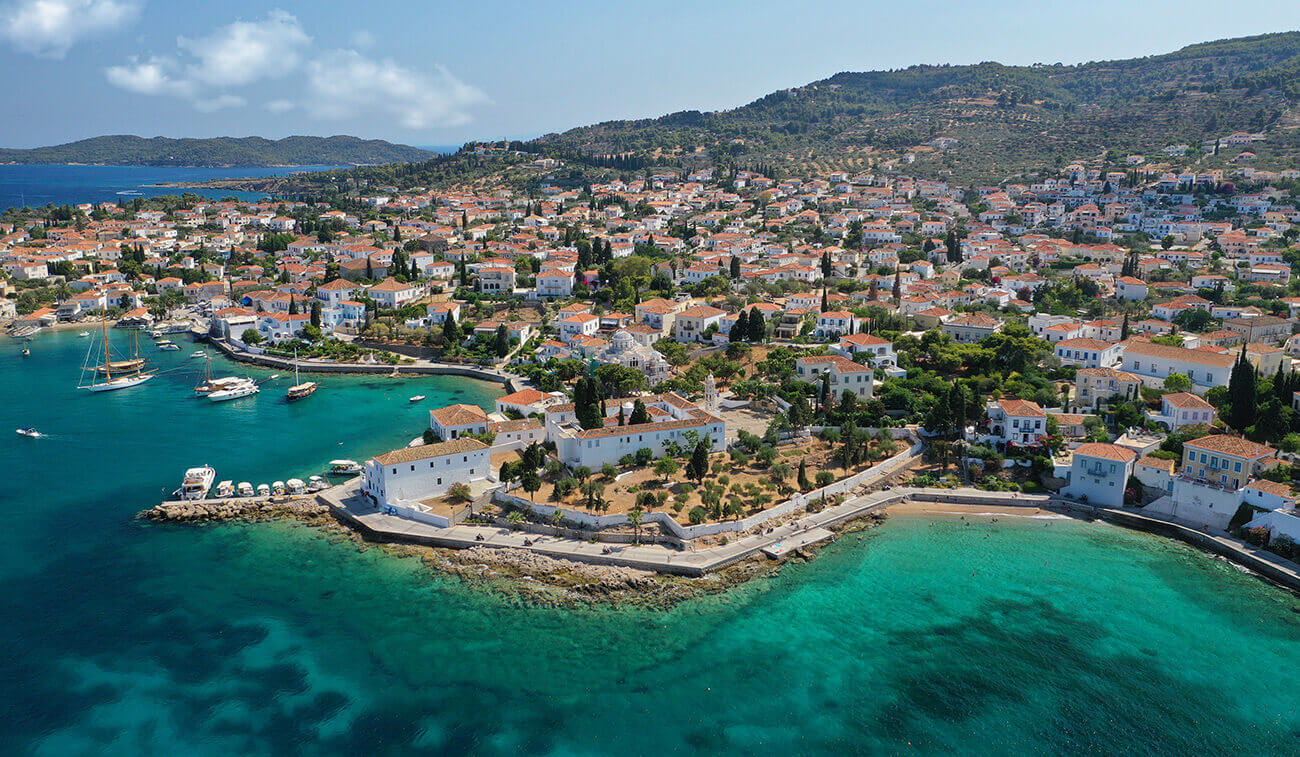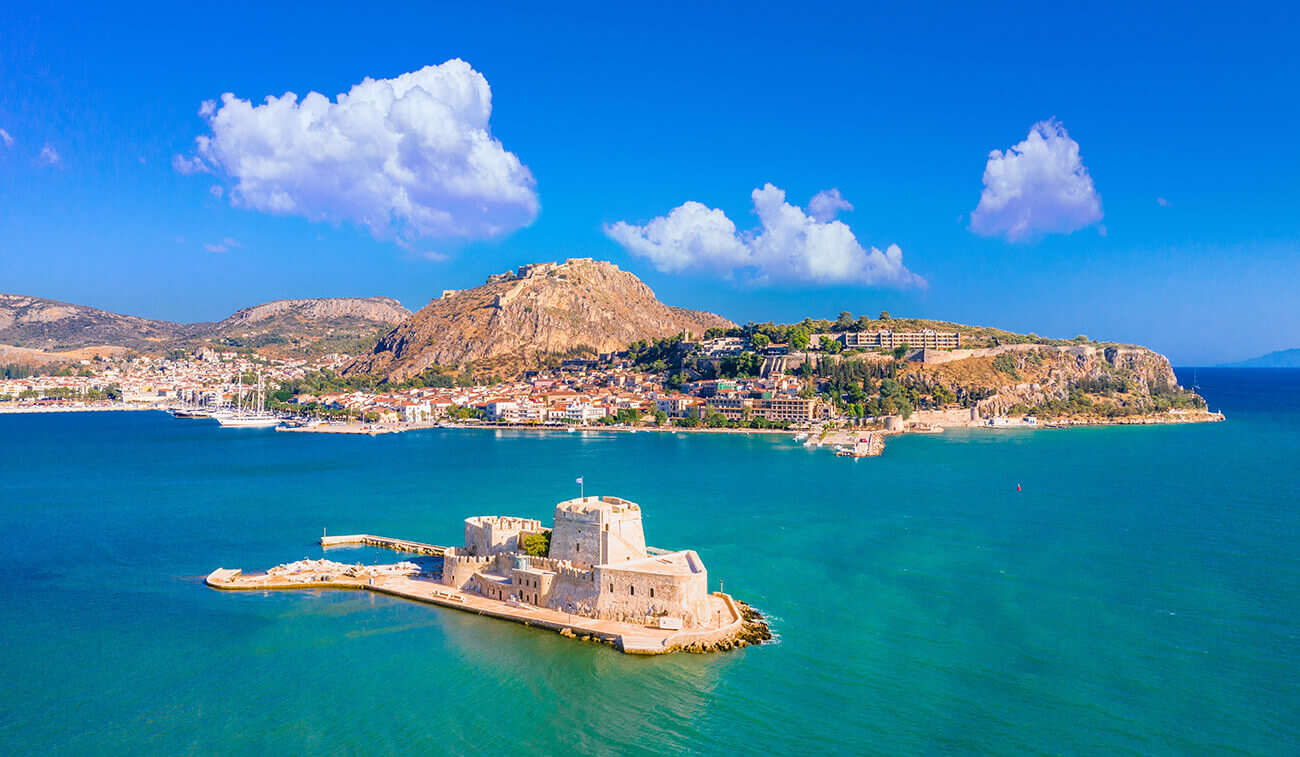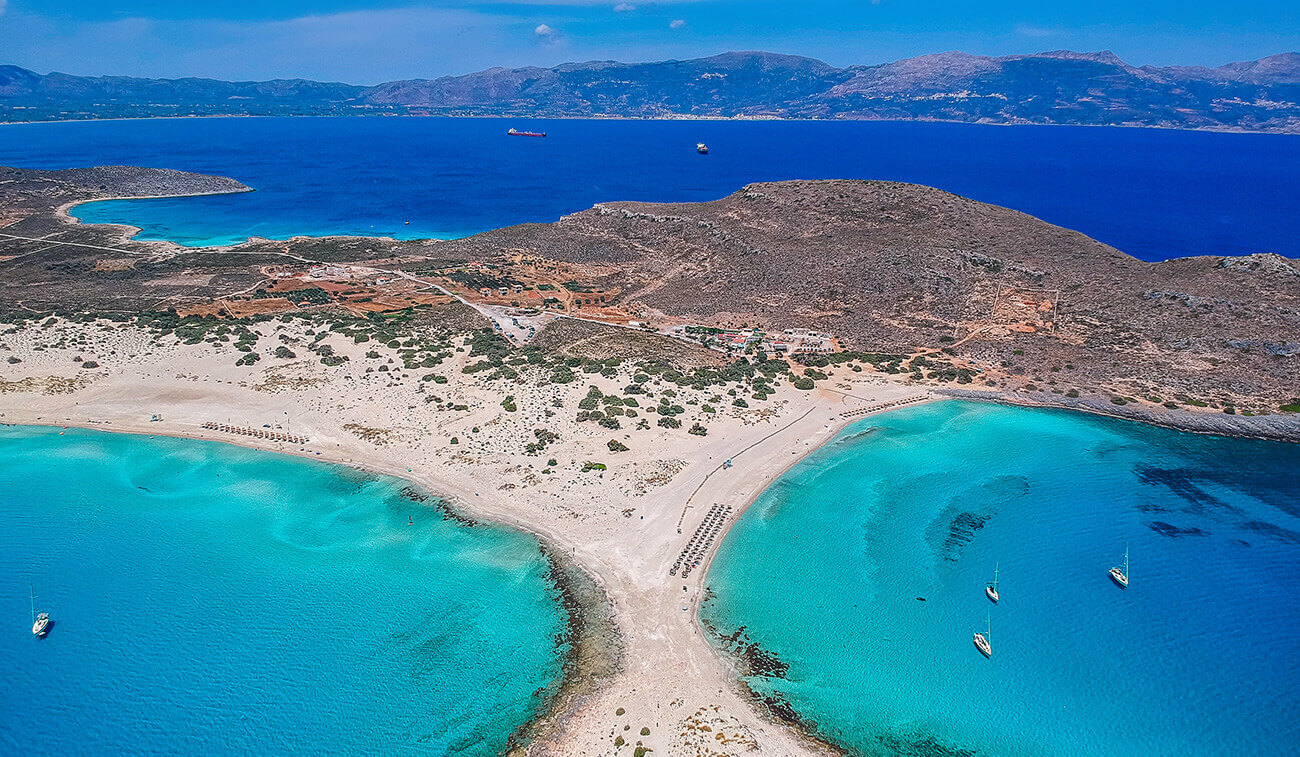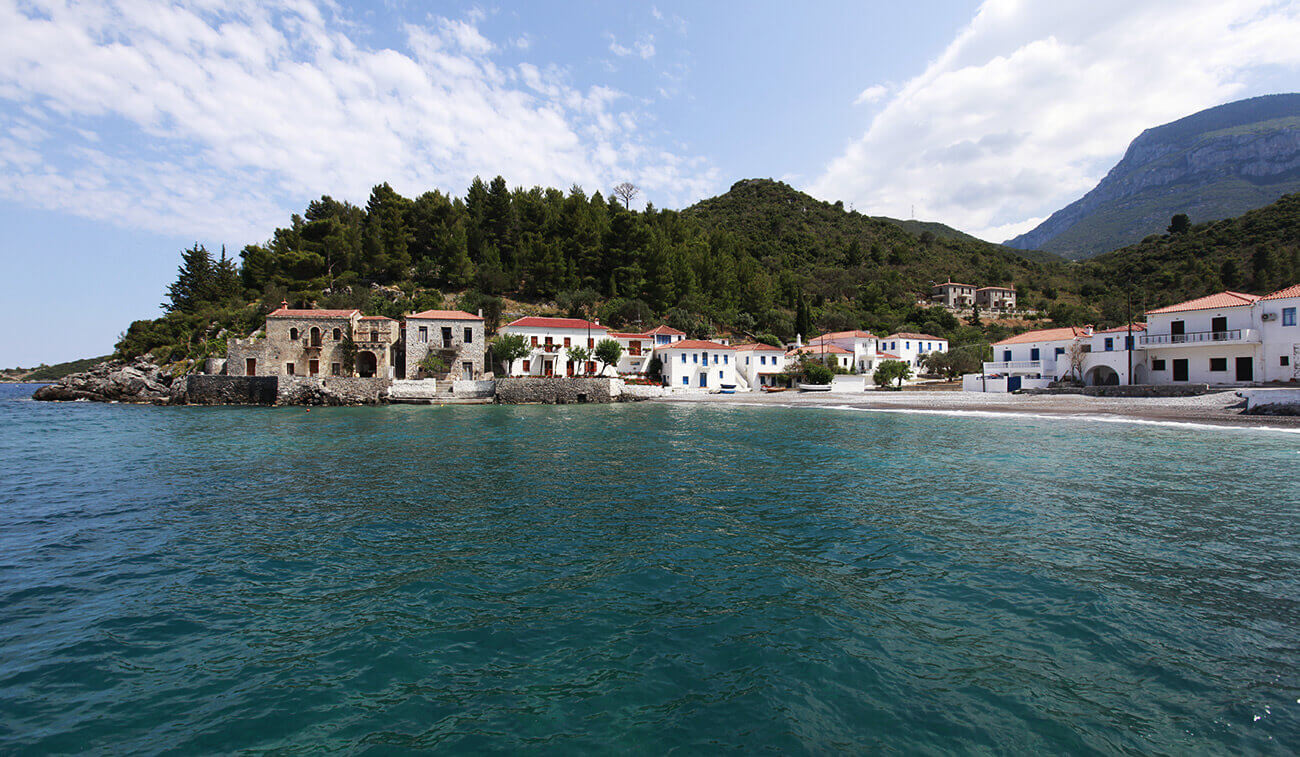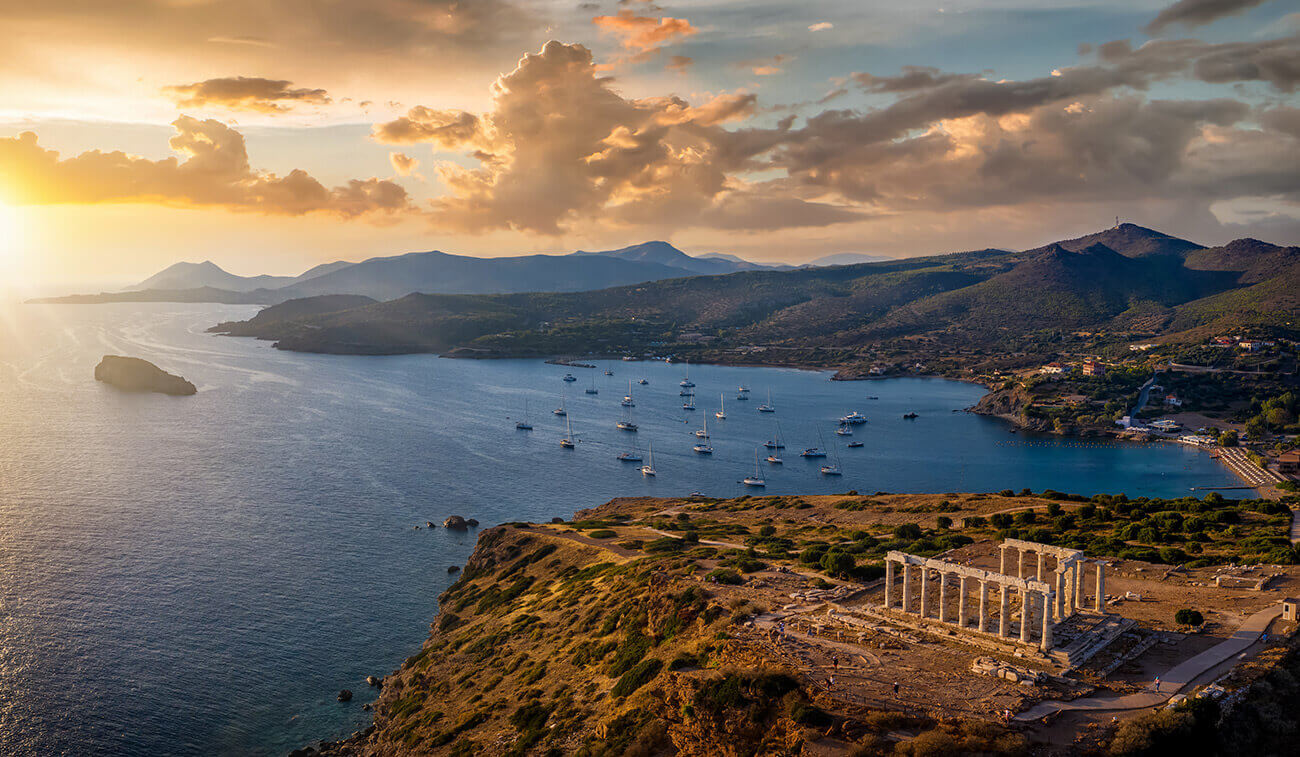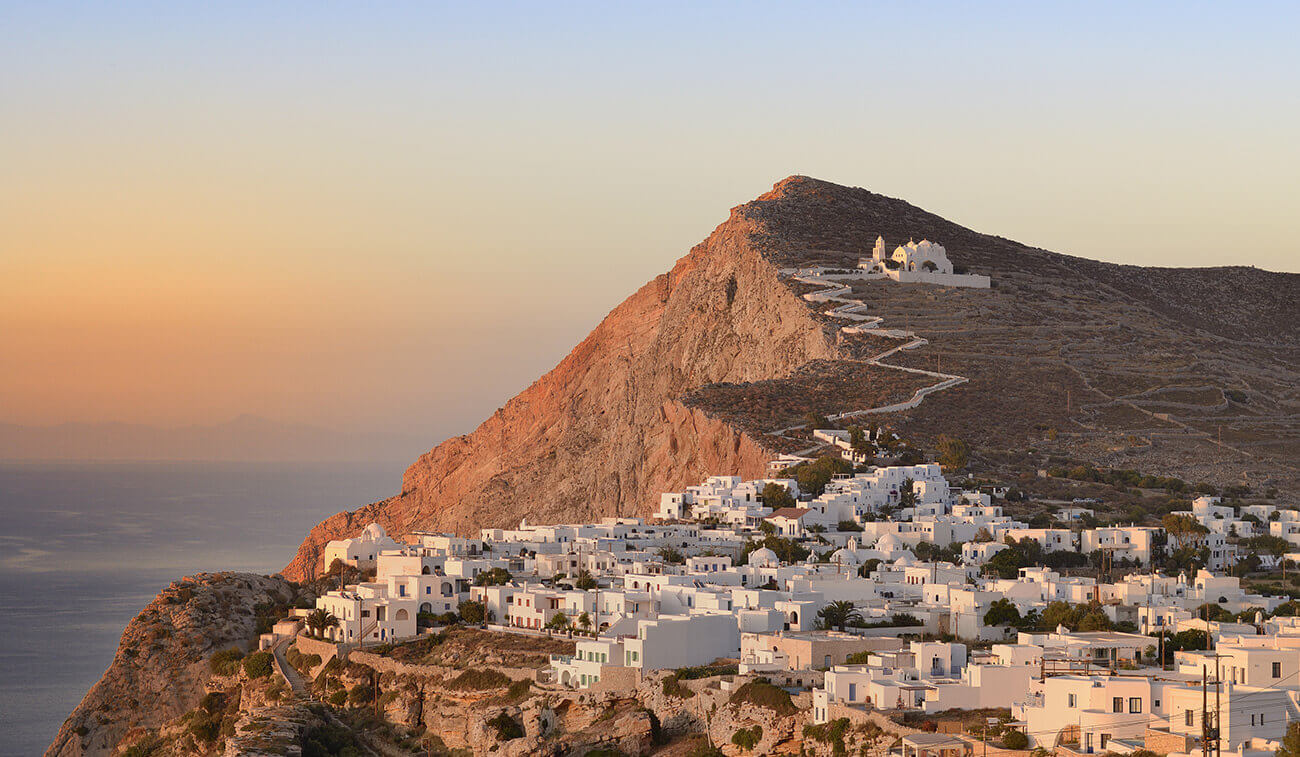HYDRA ISLAND
Hydra is one of the most cosmopolitan locations in the Mediterranean. The fact that Hydra has a unique beauty in its architecture and its landscape, taken together with its proximity to Athens and its important historical interest, have gradually raised the island to the level of an international tourist centre. Undoubtedly, Hydra is one of the most beautiful islands in Greece with a unique atmosphere Pluralistic, vibrant and lively, with trendyrestaurants,bars and clubs. Must see places: The Monastery of Profitis Ilias (found in the early 19th century) at an altitude of 500 meters has an excellent view, Kamini the little fishing village, Episkopi Hydra's pine forest, popular Molos for swimming, Bisti, Ag. Nikolaos and Limioniza for swimming, and Dokos, an islet where Jacques Cousteau discovered a 3000 years old ship wreck.
SPETSES
Spetses is a beautiful island with rich vegetation and many pine trees. It has various wonderful sandy beaches and lovely secluded bays. Its villages are picturesque and authentic and its capital is a real architectural beauty full of two- story neoclassical houses with wooden balconies and colored walls, and narrow s t o n e - p a v e d a l l e y s . Ar c h a e o l o g i c a l findings indicate that Spetses has been inhabited since Early Bronze Age (also called first Hellenic Era, about 2500 BC). One of the most famous heroes of the Greek Revolution was the Spetsiote female captain Lascarina Bouboulina who took the command of her husband’s fleet when he died, fought in many important battles and spent most of her fortune to finance the war.
NAFPLIO
A special place, mysterious, blessed, full of natural beauty and culture. Spectacular scenery meets gorgeous beaches and medieval atmosphere. It was the capital of the First Hellenic Republic, since the start of the Greek Revolution in 1821 until 1834. Its beauty is well known worldwide.
Most important sites are Palamidi Castle with 913 steps leading you from the town to the fortress, built by the Venetians circa 1711, and used much later as a prison for Theodoros Kolokotronis himself, hero of the Greek revolution, and Bourtzi Island, a tiny islet facing the Nafplio port, where Antonio Gambello built a fortress designed to fit the narrow shape of the island in 1417.
MONEMVASIA
Monemvasia occupies a steep, rocky islet connected to the Laconian coast by a bridge. The settlement was founded in the 6th century A.D. by the inhabitants of Laconia. A second settlement was later founded on a lower level, and gradually developed into a town of significant strategic importance. After a short domination of the Popes, the area was captured by the Venetians in 1464. In 1540 it was occupied by the Turks and its decline became more evident. In 1690 it was given over to the Venetians and in 1715 was recaptured by the Turks. It was the first among the fortified towns of the Peloponnesus to be liberated by the Greeks in 1821. The area is inhabited today and many of the ruined buildings have been restored by the 5th Ephorate. The settlement is surrounded by a U- shaped fortification wall with two gates, one on the east and one on the west side, and a small exit to the sea. Important Monuments of the Lower Town are: Church of Christ Helkomenos (Led to the Passion), Moslem Mosque, Church of Panaghia Myrtidiotissa.
ELAFONISSOS ( SIMOS )
Elafonissos is located in the Bay of Laconia (Lakonikos Kolpos), just north of the island of Kythira. The island was a peninsula in ancient times and the sandy isthmus that separates it from Peloponnesus is only a few feet underwater, which is why the sea has a remarkably alluring color. The largest beach of Elafonissos is Simos, for some one of the most spectacular beaches of Greece, with its almost tropical look of soft, white sand and clear, turquoise waters. At the port town, there is a picturesque line of taverns, where visitors can enjoy freshly caught fish and seafood.
KIPARISSI
Kiparissi is situated in a spectacular bay surrounded by steep mountains that provide good sheltered mooring from all but north easterly winds. There are three quays; town quay, chapel cove and the north west quay, each appropriate for sheltering from a different wind direction. The village has several taverns and basic provisions can be found. Between Kiparissi and Gerakas there are some wonderful anchorages providing the weather is calm.
ATHENS
The Capital of Greece. Within the sprawling city of Athens it is easy to imagine the golden age of Greece when Pericles had the Parthenon (the most eminent monument of the ancient Greek architec ture) built. Athens is built around the Acropolis and the pinnacled crag of Mt. Lycabettus, which the goddess Athena was said to have dropped from the heavens as a bulwark to defend the city. The suburbs have covered the barren plain in all directions and the city is packed with lively taverns and bustling shops.
SERIFOS ISLAND
Serifos, with its rugged mining sites, ladened with history, has its own distinct Cycladic flair. The island exudes a calm atmosphere and speaks directly to your senses. Despite its arid and wild land characteristics, Serifos is gracefully embraced by the deep blue colors of the Aegean Sea and has some magnificent beaches. The locals have respected the Cycladic architectural tradition by building white and blue houses making the islands towns and villages all the more wonderful.
Chora town is built amphitheatrically on a rocky hill commanding the island from the top. It is one of the most elegant Cycladic towns that will inspire you, even before the ship docks, on your arrival to Serifos. You’ll get to visit two neighborhoods; Pano (meaning upper) Chora and Kato (meaning lower) Chora connected by a stairway. You’ll find some bars, cafés and tavernas in the town’s narrow streets blending in with the whole scene harmoniously. It is worth taking a 10 minutes walk up to the Venetian castle, built in the 15th century, to drink in the view of the blue sea! An ideal place for taking a stroll or making a stop by the nearby cafés, fish tavernas and pastry shops located next to the seashore is the Serifos main Port, also know as Livadi. This area has a beautiful sandy beach
but is also very close to Avlomonas and Livadakia beaches.
Serifos’ cuisine bursts with aromas and flavors! On your vacation here don’t miss: delicious meat products such as louzes, syglina (traditional cured pork) and sausages, as well as the islands rich aromatic spices. Taste marathopites and marathotiganites (fennel pies baked or fried), revythada (traditionally cooked chickpeas) with a local variety of raisins,sun-dried octopus, local cheeses such as myzithres and xinomyzithres. Make sure to accompany your meal with the islands local wines. If you have a sweet tooth then try pasteli (sesame bar) which is cut in a diamond shape, with an almond in its middle and usually laid down on a lemon leaf as well as their delicious sweet wines.
FOLEGANDROS ISLAND
Shining under the Aegean sun, Folegandros was named after the son of king Minos. This off-the-beaten-path destination captivates the visitors with the untouched beauty of its beaches, the luminous blue of its waters, and the unadulterated style of its architecture.
At 200m above sea level travelers will discover Kastro, a Venetian castle. Chora, the capital town of the island, it's been built partially in it. Bougainvillea leaning over the balconies, sugar-cube whitewashed houses, and sheer cliff drops convey the island’s ethereal, yet wild, beauty.
Walk along the cobblestone narrow streets of Chora past white houses with multi-colored doors and windows, timeless creations of the traditional Cycladic architecture. If you need to take a rest, plane trees will offer you their cool, welcome shade. Wait until the sun sets into the eternal blue of the Aegean and join the locals in the village’s squares.
This small island in Cyclades is full of pebbly beaches covered with tamarisk trees. The scenic harbor of Karavostássis with its beautiful beach is the perfect starting point for an exploration of the glorious beaches of Hohlidia, Vitzetzo, Latinaki, Pountaki and Livadaki, a village with a sandy beach, turquoise waters and a camping site. Those of you, who don't feel like walking, can take a caique from Karavostássis to Kátergo, the most beautiful beach on the island, with thin pebbles and crystal-clear waters. Sheer cliff drops and azure waters embrace Agali beach to the west of the island.
SANTORINI ISLAND
Santorini is worthily considered one of the most famous and highly desirable destinations on earth. Just think that, apart from the usual pictures, there is an entire island of beauty, incredible beaches, sights and attractions, more than enough to make Santorini a famous destination. The fascinating legend of the island that emerged out of the lathered sea - an island cut into two, the globally unique archaeological riches, the sublime folk architecture and the magic that no picture can capture make Santorini an island of surprises which reveals its true face when summer visitors are gone, out in the open sea.
Santorini or Thera is at the far south of the Cyclades, together with Anafi. It covers an area of 73 square kilometers, in a circular arrangement together with Therasia and Aspronisi. In the center of this circle is the caldera created after the major volcanic eruption in 1650 BC. Inside the caldera, underwater eruptions caused the emergence of the isles of Palea Kameni and Nea Kameni - a unique phenomenon in the entire world. The view as the yacht approaches the island is breathtaking! A steep reddish-black rock of 300 meters, the caldera walls, stands imposing. And as the yacht approaches, human presence can be discerned - small houses and blue church domes - an impressive sight! Don't miss the chance to walk the route Fira - Firostefani - lmerovigli - Oia. The view to the caldera is unique in the world.
The beaches of Santorini, with their characteristic black or reddish sand, are charming in a special way: Exo Gialos, the Red and the White beach, Mesa Pigadia with the unique cave, Vlychada with the yellowish weathered rocks that form small caves and natural sculptures - a magnificent scenery! The settlement of Kamari features a very long beach and Perissa an endless beach of black sand and dark blue waters. Perissa is also the settlement where the largest church of Santorini, Timios Stavros (19th century) is located. In Pon, one can admire the large church of Panagia Kalou (1650) and enjoy swimming at a remote sandy beach.



